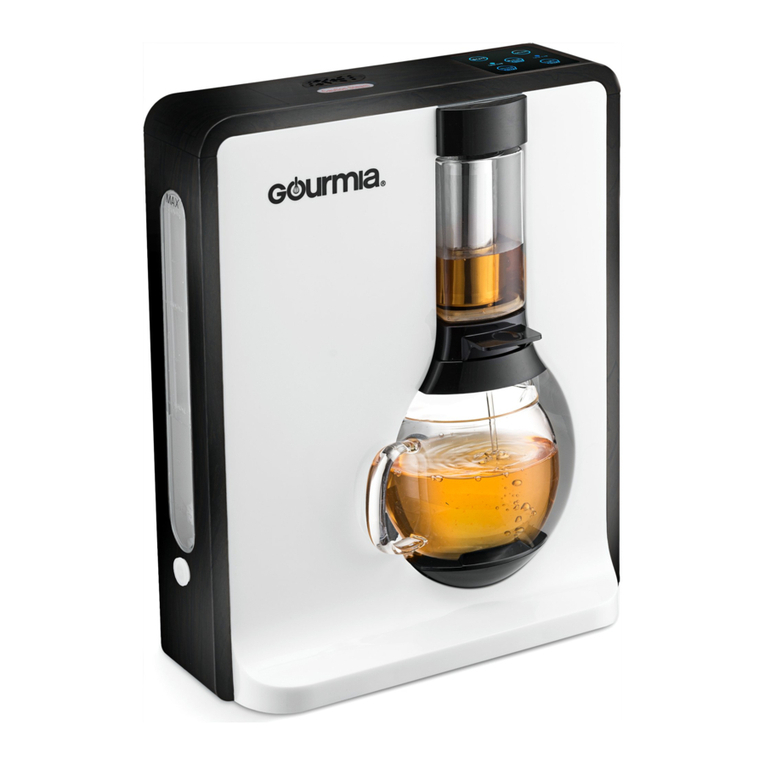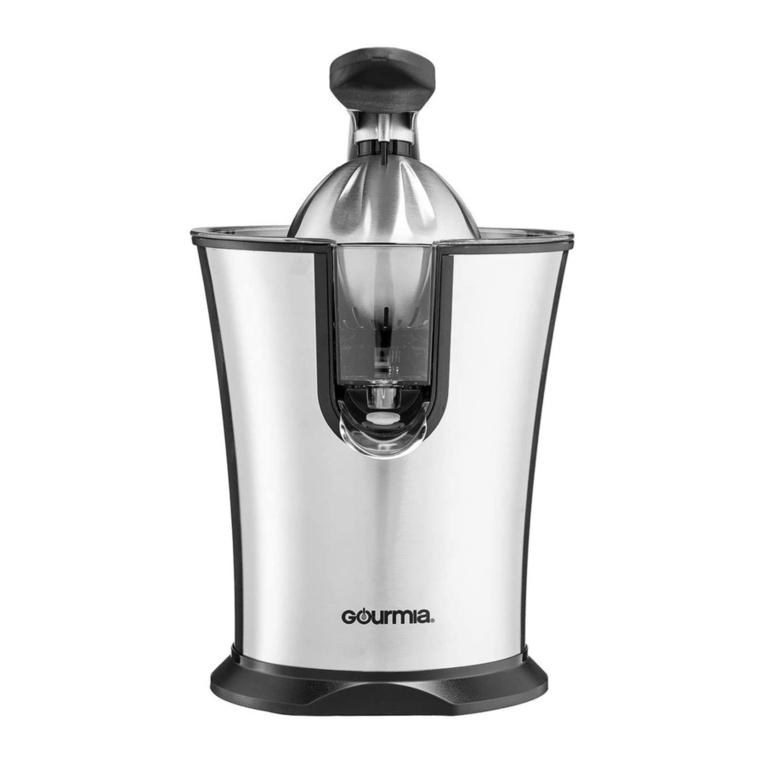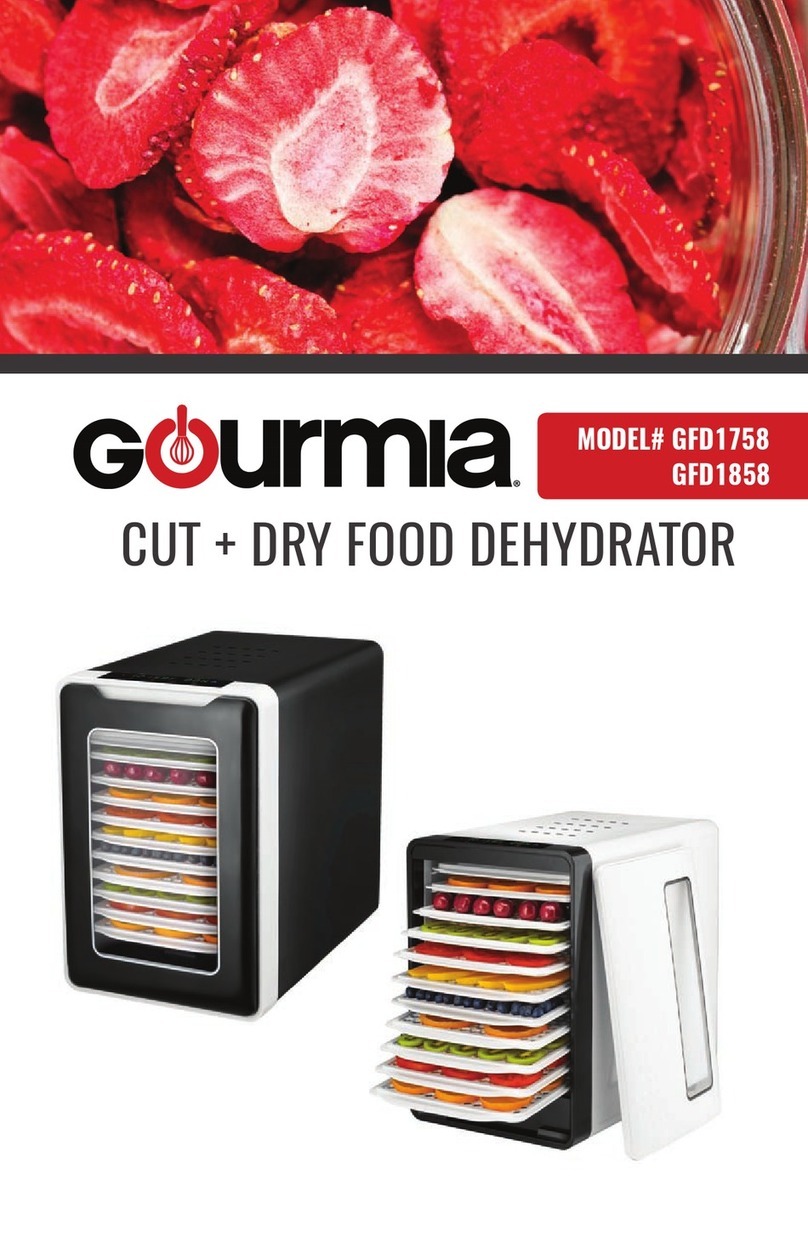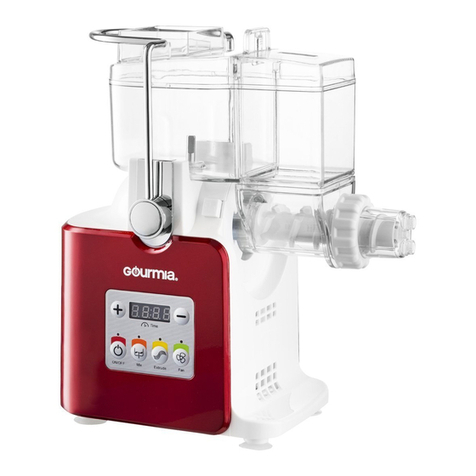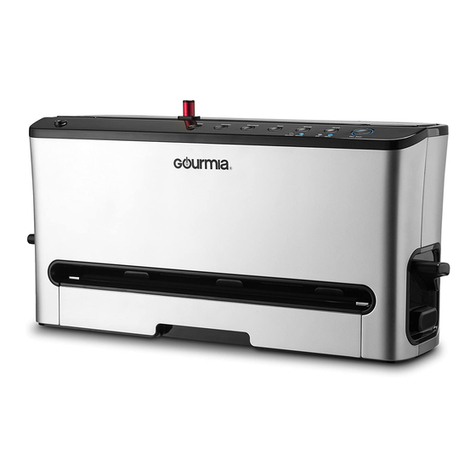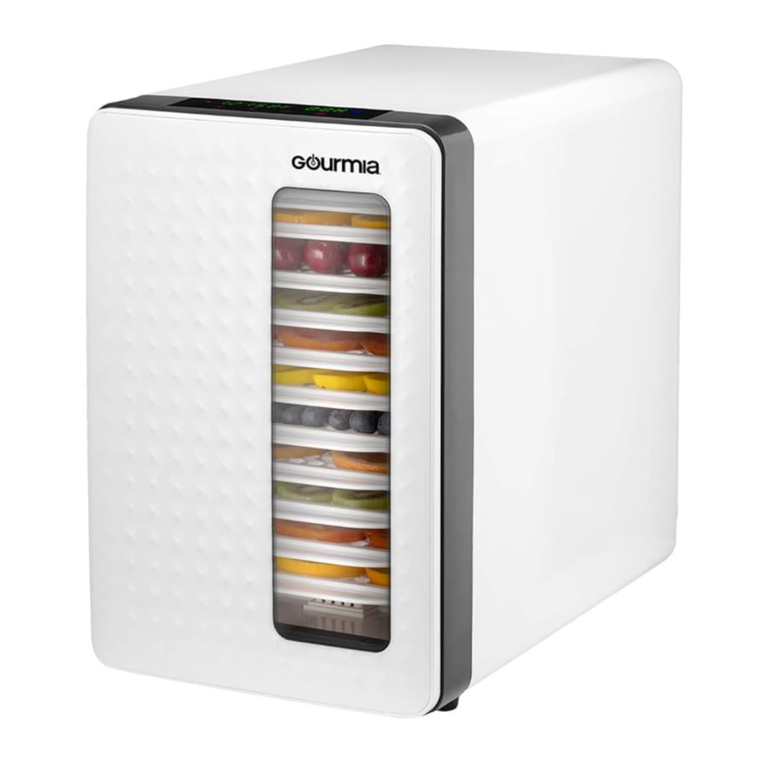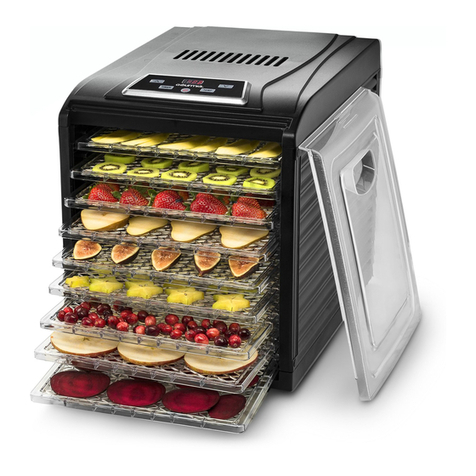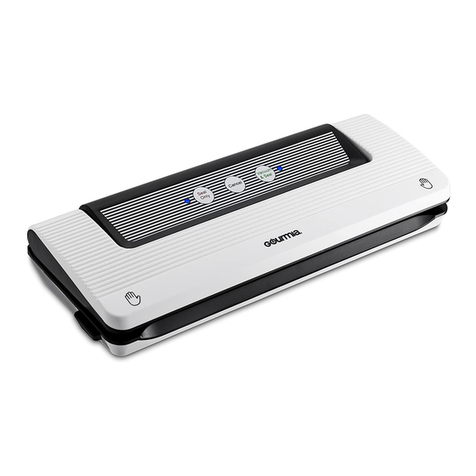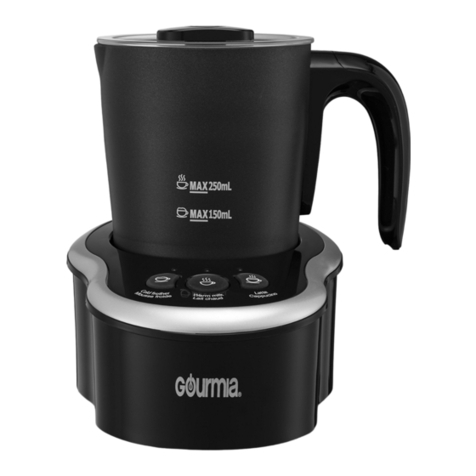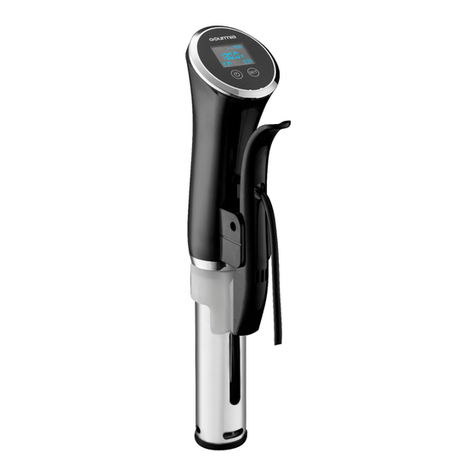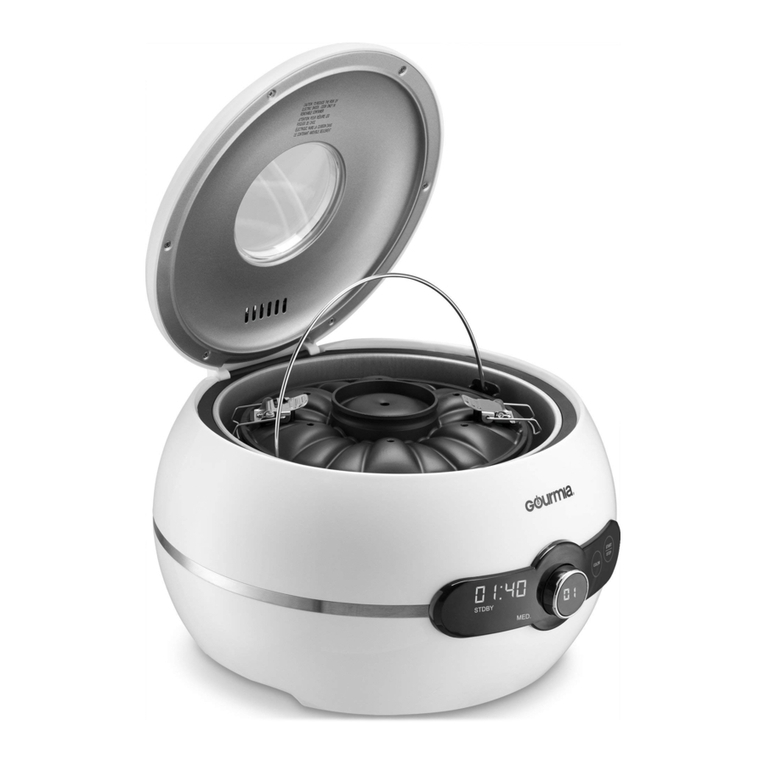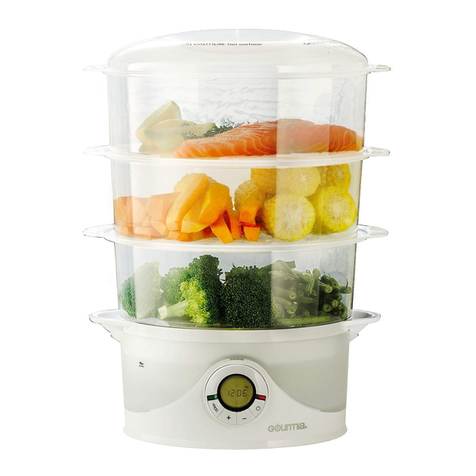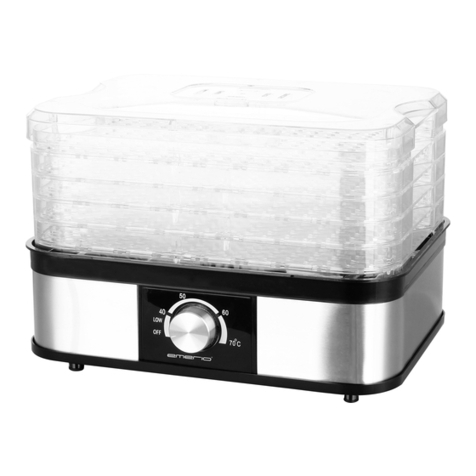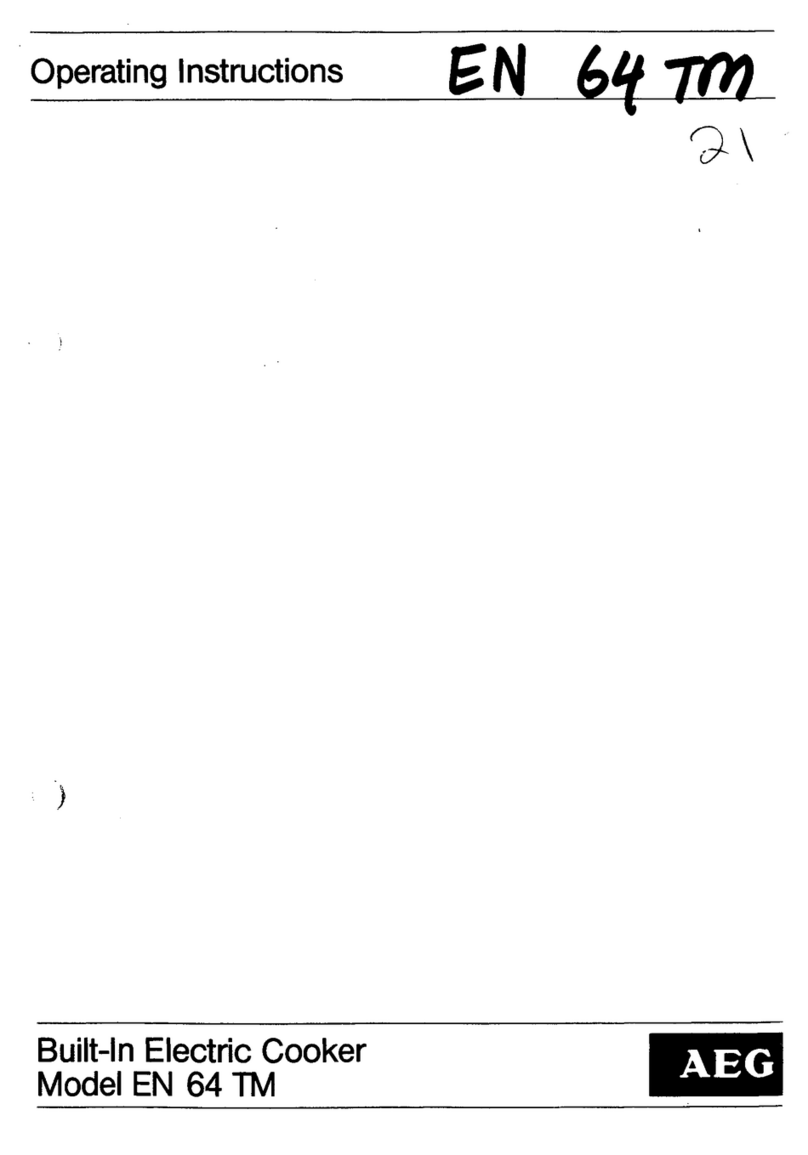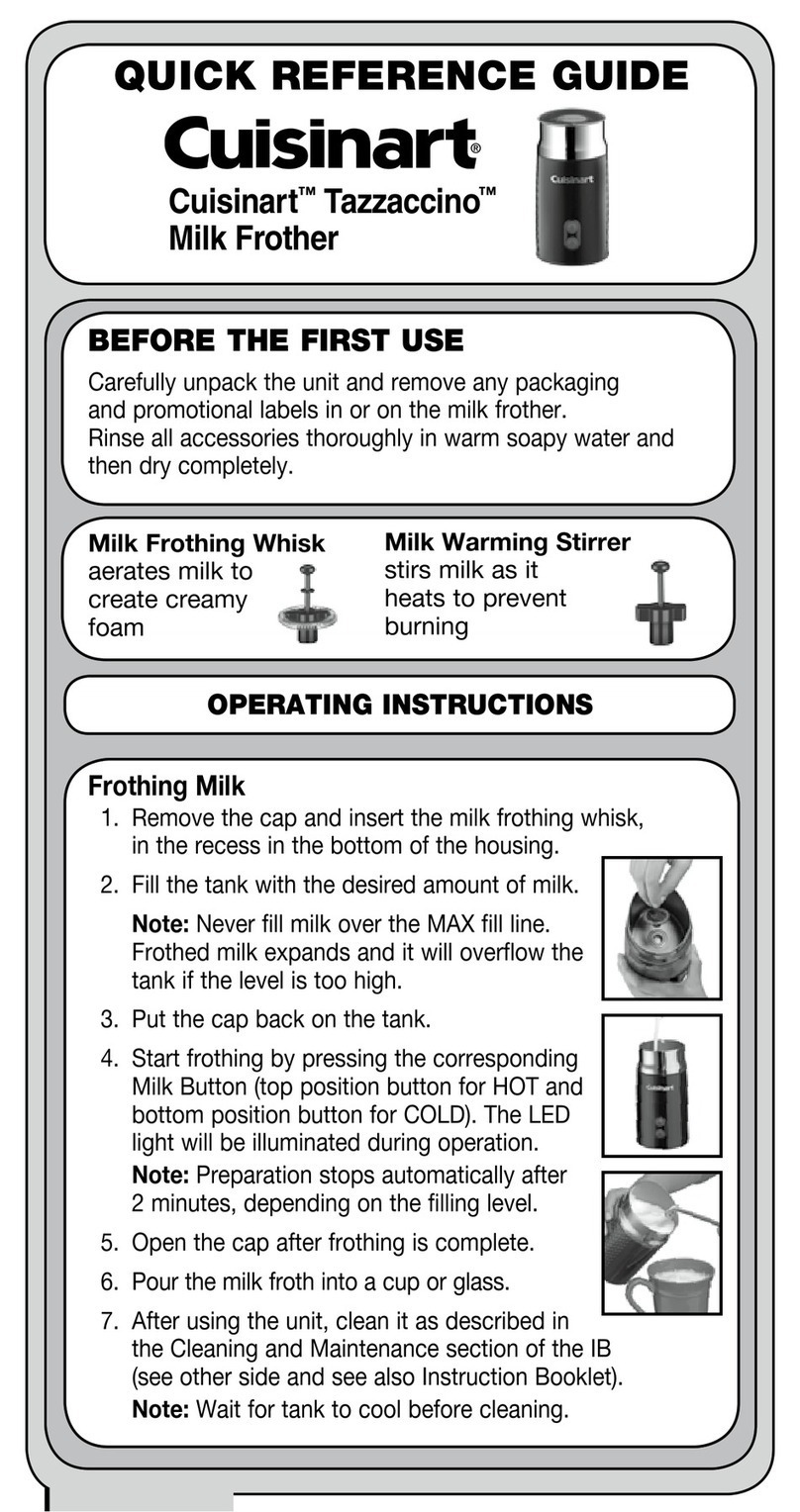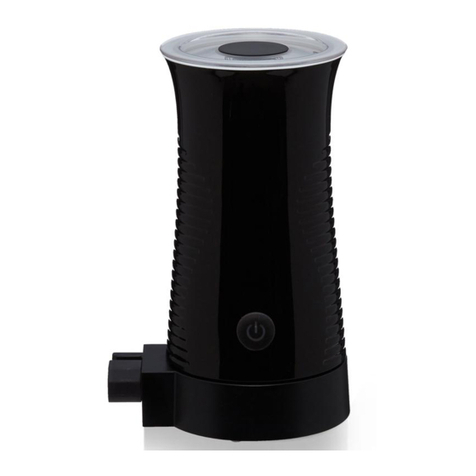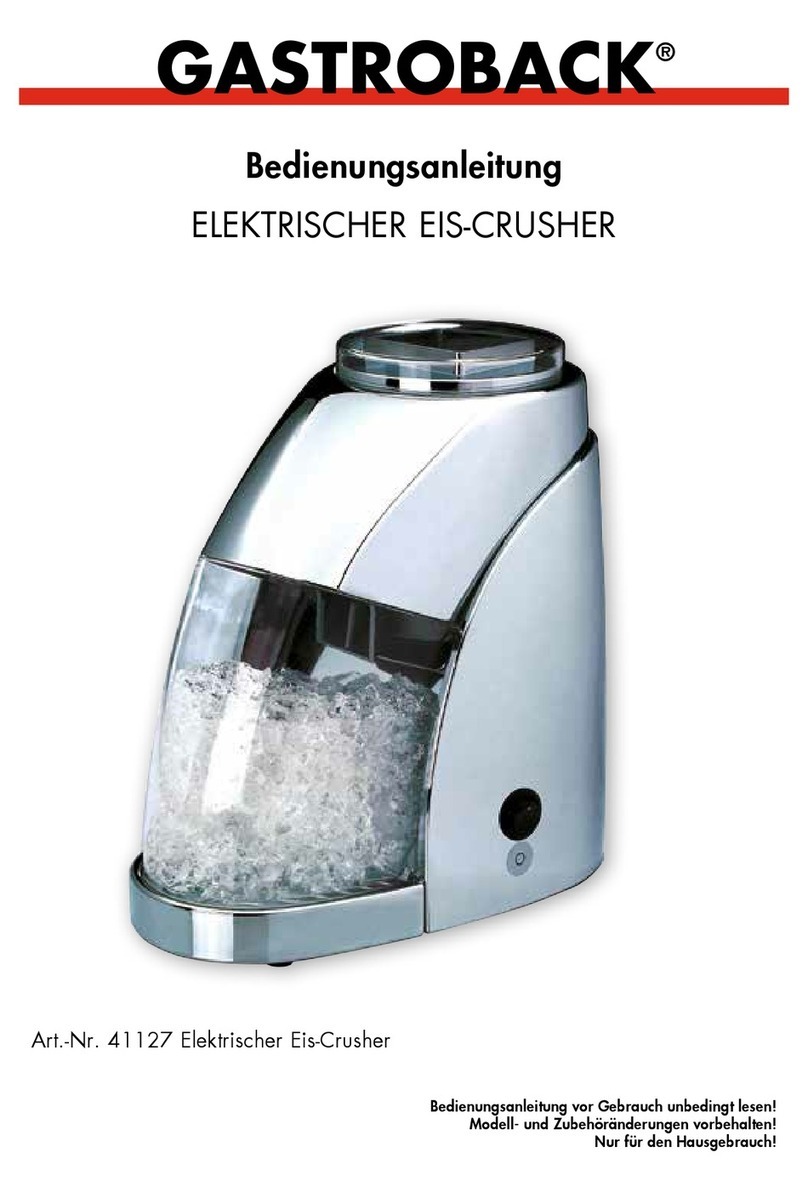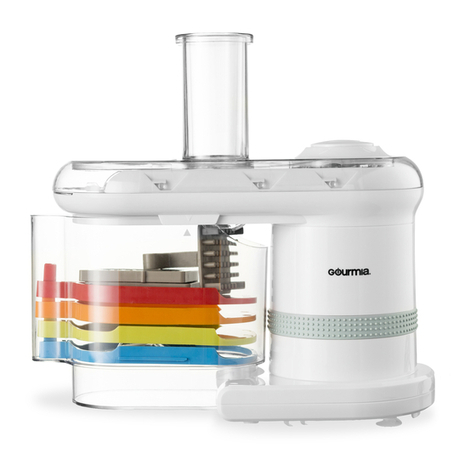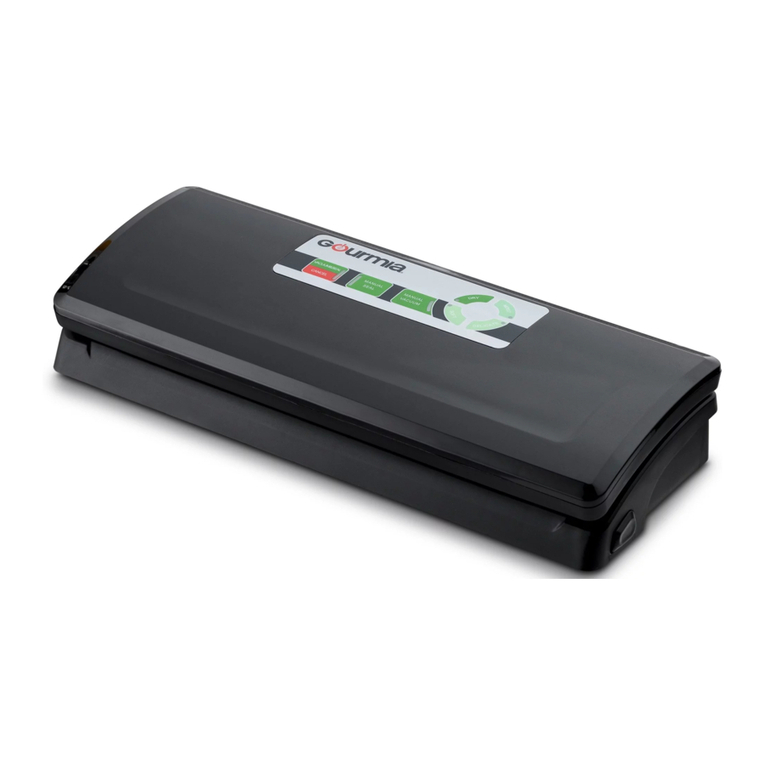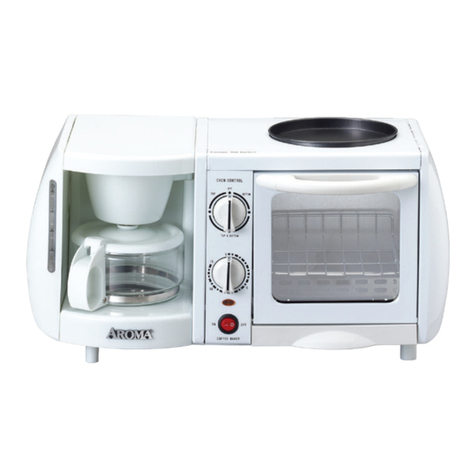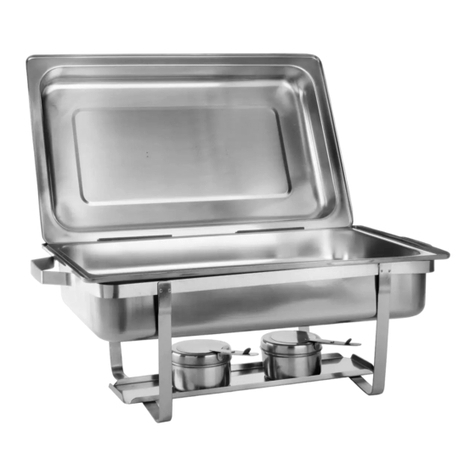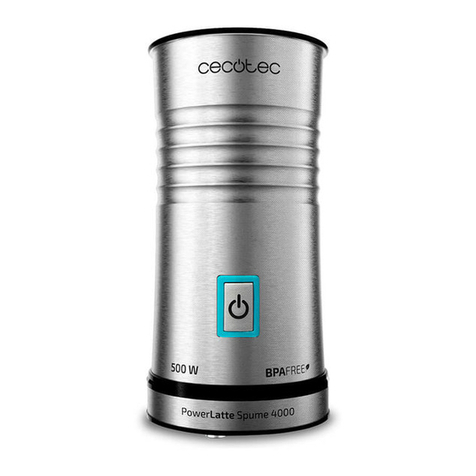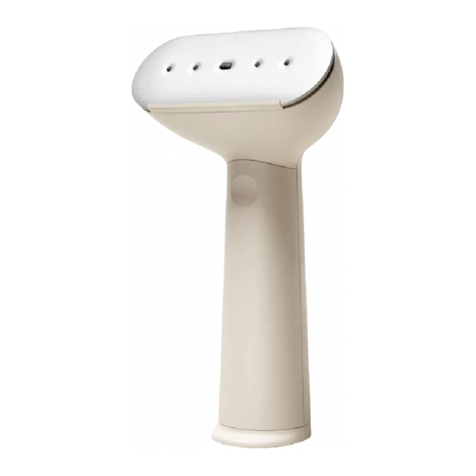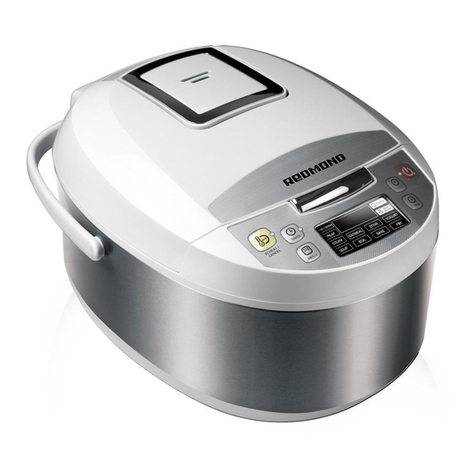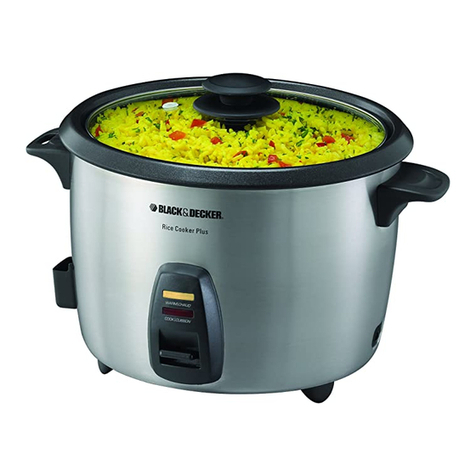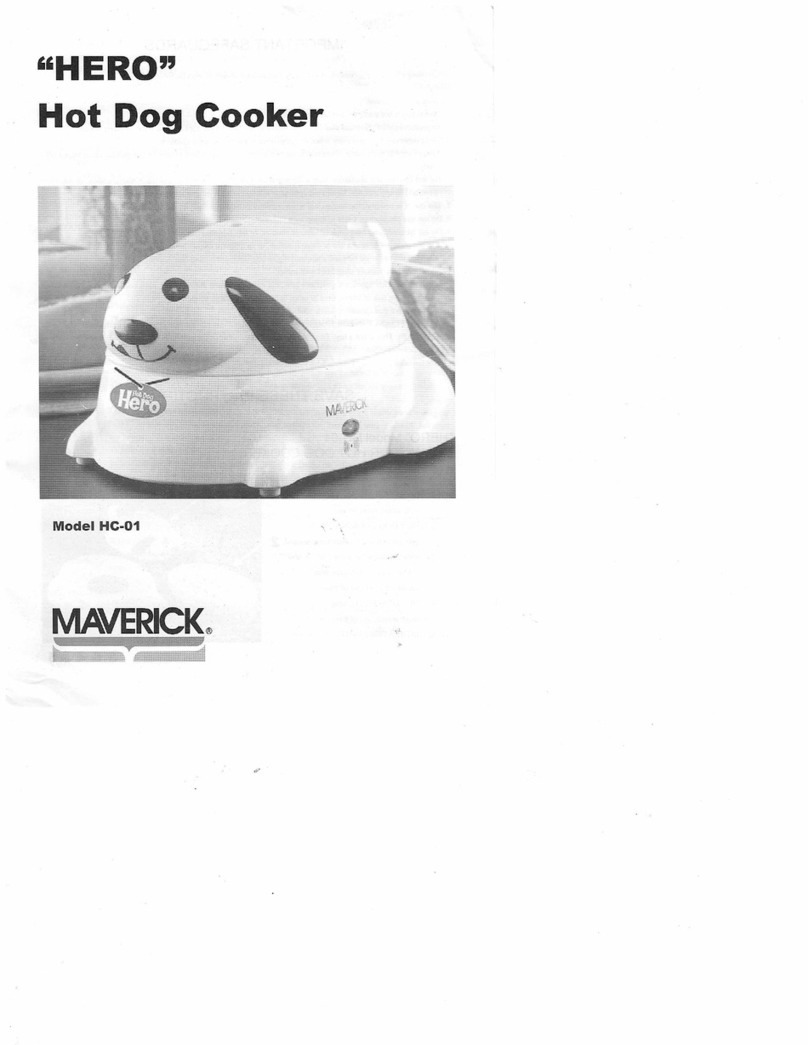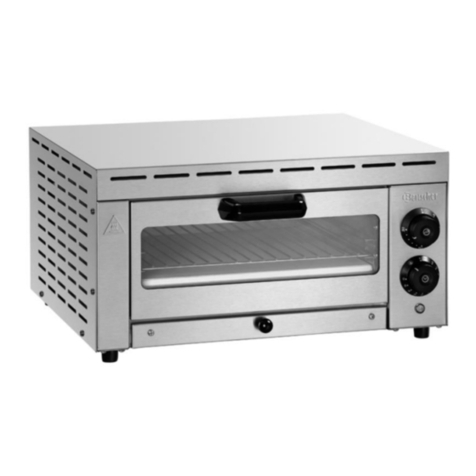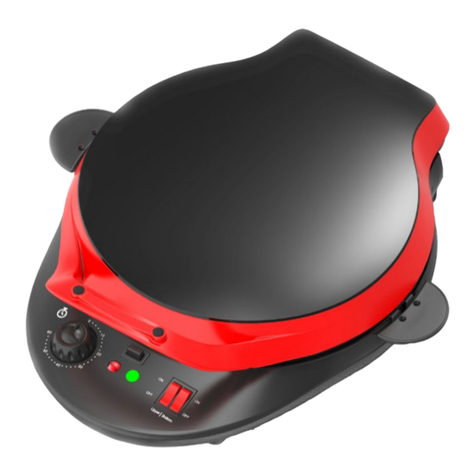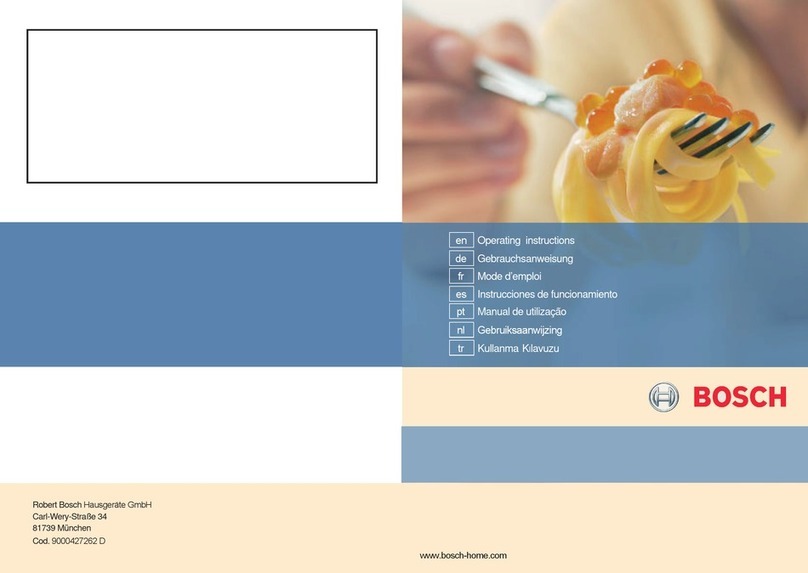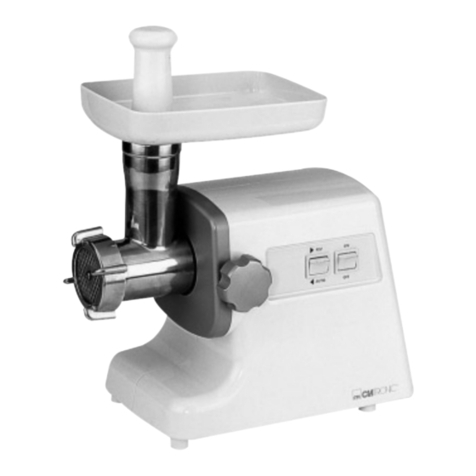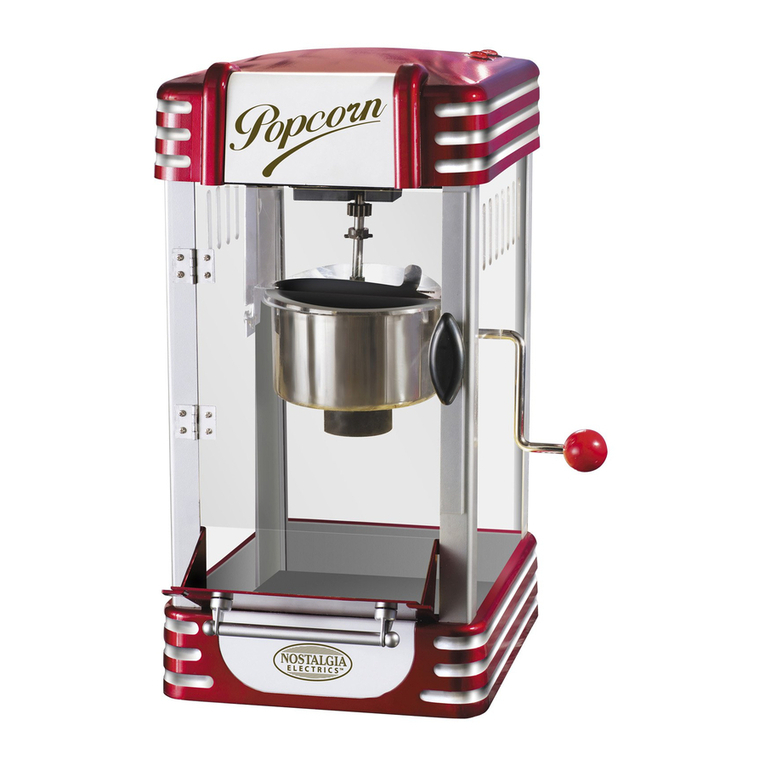perfection in 4 to 24 hours. Sear quickly when done and serve with root
30min-72 hrs
STEP-BY-STEP COOKING
STEP-BY-STEP COOKING
SOUS VIDE MODE
Preset Temp Preset Time Optional
Temp Range
Optional
Time Range
130°F 8 hrs 115 - 205°F
The art of sous vide cooking is truly an art! It is simple in nature, yet this
cooking method is often used by gourmet chefs to prepare the most complex,
rich entrées and vegetables. Because the foods are cooked at low temperatures
for longer times, the texture and avors are authentically and naturally good-for-
you and avorful. Beef, poultry, sh and pork are fork-tender when done, with
rich and inviting textures. Vegetables retain all their nutrients when cooked sous
vide, so many of the natural sugars are retained, oering delightfully sweet and
nutritious side dishes. In fact, everything about sous vide says, “naturally good-for
you!”
• Be sure to refer to the Cooking Guide in your Recipe Book for full sous vide
cooking information.
• The thickness of meat, poultry and sh will determine the length of cooking
time. Use an instant-read thermometer after removing from the cooking bag
to guarantee that a safe-food temperature is indicated.
• Food safety in handling and cooking is always a priority. When unsure
of doneness, add 30 minutes to the cook time to pasteurize eggs and/or
poultry.
• Searing after cooking gives foods a crispy texture and an appealing visual
picture. When meat is done, toss butter into a smoking-hot skillet and
quickly sear the cooked meat for 30 seconds on each side. This gives the
meat a caramel color and an appetizing outer appearance.
• Some tough cuts of beef and pork can be cooked sous vide to tender
vegetables.
• Vegetables will cook faster if they are thinly sliced or cut in small pieces; or if
left whole, they will take more time to become tender. Either way, the natural
sweetness and full nutrient value adds to the delight in sous vide vegetables.
• Fruit can be cooked sous vide to make toppings, purees, syrups and such.
Cook for 2-2½ hours at 160°F and let cool in the bag before using.
• To prep meat, poultry and sh before cooking, add seasonings or rubs before
bagging. Vacuum seal or use the Water Displacement Method to remove the
water from the bag before cooking (see following).
• To avoid the cooked protein that surfaces in sous vide chicken and sh,
called “albumin,” brine the chicken or sh for one hour in lightly salted water,
drain and pat dry.
• ALWAYS use a BPA-free vacuum-sealed bag when cooking foods more than
8 hours.
• Use a vacuum-sealed bag or use the “Water Displacement Method” for foods
cooked fewer than 8 hours.
Water Displacement Method
1. Fill a large plastic container with cool water.
2. Prep your food to be cooked and place food in a BPA-free
plastic freezer bag. Do not seal.
3. Slowly immerse the food-lled bag into the water. This
will force the air out as the bag is immersed.
4. Continue immersing the bag until just before the water
reaches the top of the bag.
5. With the bag in the water, close or zip to seal, forcing out
all remaining air as much as possible.
2524




















